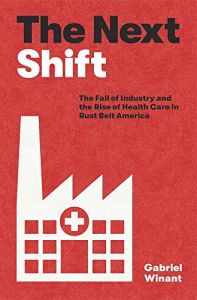Join getAbstract to access the summary!

Join getAbstract to access the summary!
Gabriel Winant
The Next Shift
The Fall of Industry and the Rise of Health Care in Rust Belt America
Harvard UP, 2021
What's inside?
The collapse of the steel industry created a new – and worse-off – working class.
Recommendation
Professor of history at the University of Chicago Gabriel Winant explores the origins of problems with the United States’ health care system that rose to the fore during the COVID-19 pandemic. Pittsburgh and its surrounding areas once were America’s manufacturing hub. Its steel mills provided security for thousands of blue-collar workers and their families. When this industry collapsed, another arose: medical and social care.
Summary
About the Author
Assistant professor of history at the University of Chicago Gabriel Winant focuses on the social structures of inequality in modern American capitalism.

















Comment on this summary